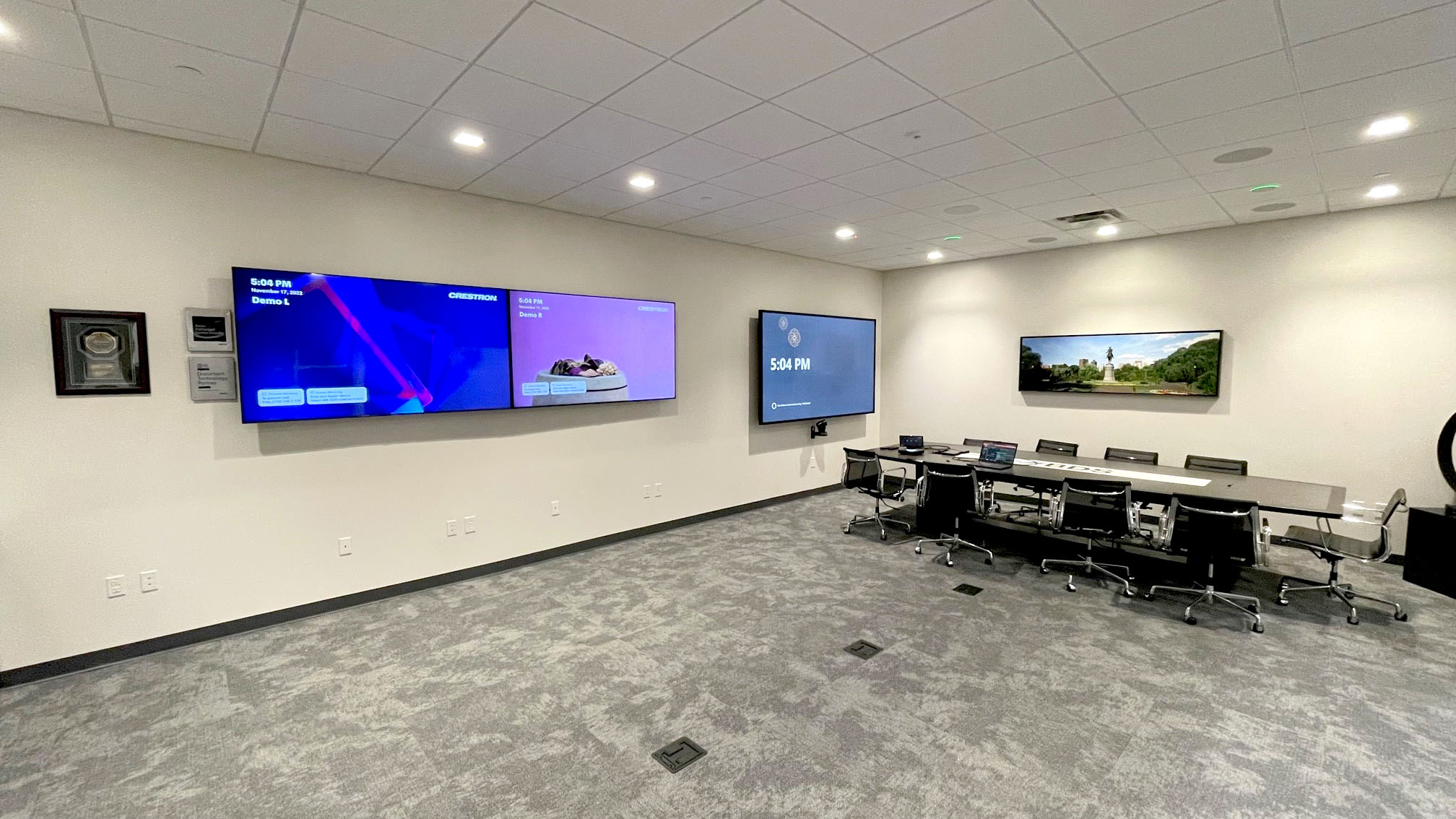Ideal Strategies for Placing Surveillance Cameras to Enhance Monitoring Effectiveness
Ideal Strategies for Placing Surveillance Cameras to Enhance Monitoring Effectiveness
Blog Article

Positioning security cameras effectively remains crucial for improving monitoring in various environments, such as residences, commercial properties, and community spaces. The primary objective of surveillance systems remains to deter crime while also offering evidence during instances of events. To attain this, it is important to take into account several elements, including camera placement, range of vision, and the particular areas that require oversight. By understanding these elements, people and entities can create a thorough surveillance strategy that maximizes the efficacy of their security systems.
One of the initial actions in positioning surveillance cameras involves to determine key locations that require surveillance. High-risk areas, such as entrances, exit points, parking areas, and locations with valuable items, should be given priority. It is crucial to consider blind spots, which are locations that might not be seen from specific angles. By charting out these critical areas, security personnel can guarantee that all nook remains monitored, minimizing the chances of illegal activity going undetected. Additionally, installing cameras at key points can assist create a comprehensive perspective of the property, allowing for better overall surveillance monitoring.
The field of a surveillance camera remains another important element to take into account. Different kinds of cameras provide varying ranges of view, that can affect how many area is recorded in the footage. For example, wide-angle systems can cover larger spaces, making them ideal for spacious locations, whereas pan-tilt-zoom cameras can be modified to concentrate on specific features. When placing cameras, it becomes their website important to choose the right kind based on the location being monitored. This guarantees that the camera can capture sharp footage and provide important data in case of an occurrence.
Height and angle of installation also have a crucial part in the efficacy of security cameras. Cameras should be mounted at a height that remains out of grasp of possible interference but also allows for clear visibility of identifying features and additional recognizable details. A typical suggestion is install cameras at least 8 to 10 feet off the ground. Additionally, the angle at which the camera remains set can affect its ability to capture important information. Surveillance systems must be tilted to reduce reflection and prevent obstructions, guaranteeing that they can record clear video at any moments.
Finally, regular upkeep and improvements to the surveillance camera are crucial for sustained effectiveness. This entails checking camera functionality, cleaning lenses, and ensuring that firmware remains current. Frequent assessments of the surveillance plan can assist identify any new areas not visible or areas that may need additional monitoring. By staying proactive and implementing required adjustments, individuals and entities can enhance their surveillance efficacy and guarantee that their security systems remain to fulfill their designated function.